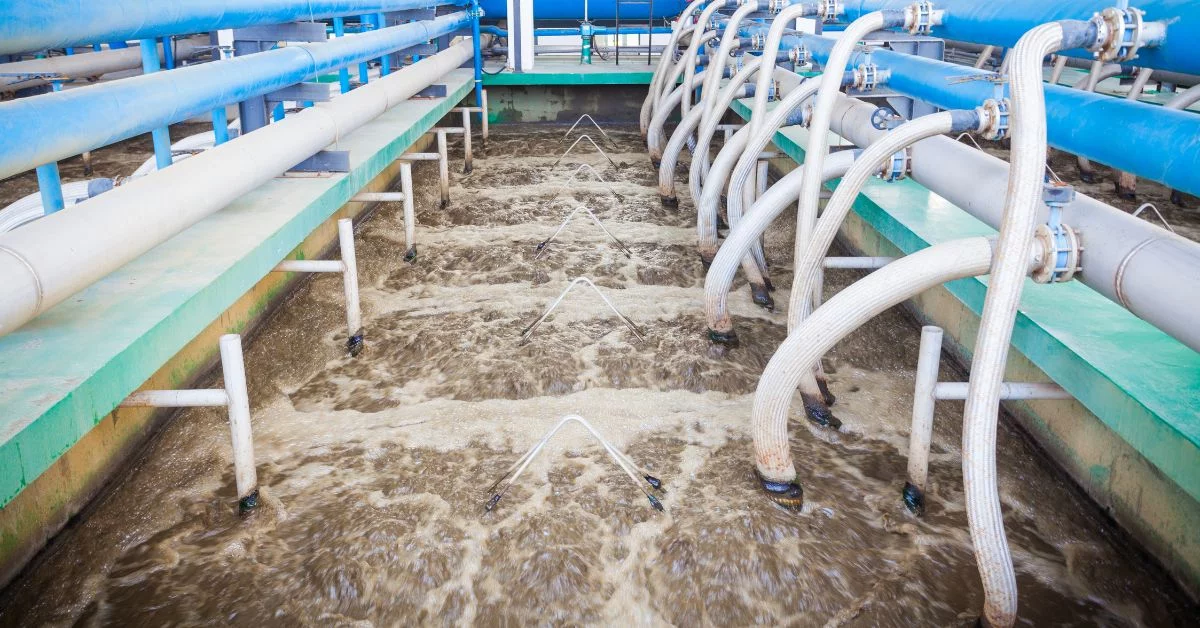Introduction
When we flush a toilet or drain water from a sink, most of us never consider where it all goes. Behind the scenes, one of nature’s smallest but most powerful agents is working: bacteria. These invisible helpers are the backbone of biological wastewater treatment systems, and understanding their role can help us appreciate – and even improve – the way we manage household and municipal wastewater.
What Are Bacteria and Why Are They Important?
Bacteria are microscopic organisms that can be found virtually everywhere – in soil, water, air, and even inside our bodies. In the context of wastewater treatment, specific types of bacteria consume organic waste and break it down into simpler, harmless substances.
This biological cleaning process is natural and highly efficient. Without it, sewage systems would fail, and our water sources would be overwhelmed by pollution.
Aerobic vs. Anaerobic Bacteria
There are two main types of bacteria used in wastewater treatment:
- Aerobic bacteria (aka aerobní bakterie): These bacteria require oxygen to survive and are commonly used in home wastewater treatment plants and modern septic systems.
- Anaerobic bacteria: These thrive in environments without oxygen, such as deep septic tanks or digesters.
Both types play a vital role in decomposing organic matter, reducing sludge buildup, eliminating foul odors, and maintaining the health of the entire treatment system.
How Bacteria Improve Wastewater Quality
Bacteria feed on organic pollutants such as food particles, grease, and even human waste. As they metabolize these substances, they transform them into water, carbon dioxide, and biomass (new bacterial cells).
The result is:
- Cleaner effluentthat can be safely discharged or reused
- Reduced sludge, which lowers the cost and frequency of tank emptying
- Improved performanceof biofilters, sand beds, and other post-treatment elements
Why Supplementing with Bio-Additives Makes Sense
While naturally occurring bacteria exist in every septic tank or treatment plant, their populations can be weakened by factors such as:
- Use of harsh chemical cleaners
- Antibiotics entering the system
- Cold temperatures
- Sudden increase in organic load
To counteract this, bio-additives (like Sanbien Liquid XP 2001) introduce concentrated blends of beneficial bacteria and enzymes. These supplements help restore microbial balance, jumpstart slow systems, and enhance the degradation of fats, oils, and solids.
Real-World Benefits of Bacterial Solutions
- Prevention of foaming and bulkingin domestic treatment plants
- Odor controlin septic systems and sludge tanks
- Longer lifespanof wastewater infrastructure
- Environmentally friendlycompared to chemical alternatives
Conclusion
Bacteria are nature’s original recyclers – quiet, invisible, and incredibly effective. In wastewater treatment, they provide a sustainable and cost-effective way to protect our environment. Whether you manage a small domestic plant or a septic system, harnessing the power of bacteria is key to a healthy system and a cleaner planet.

















